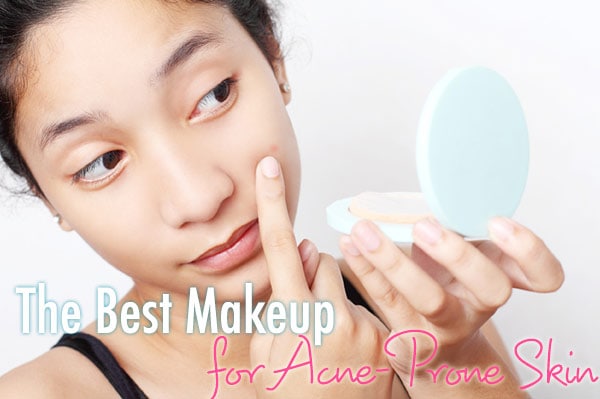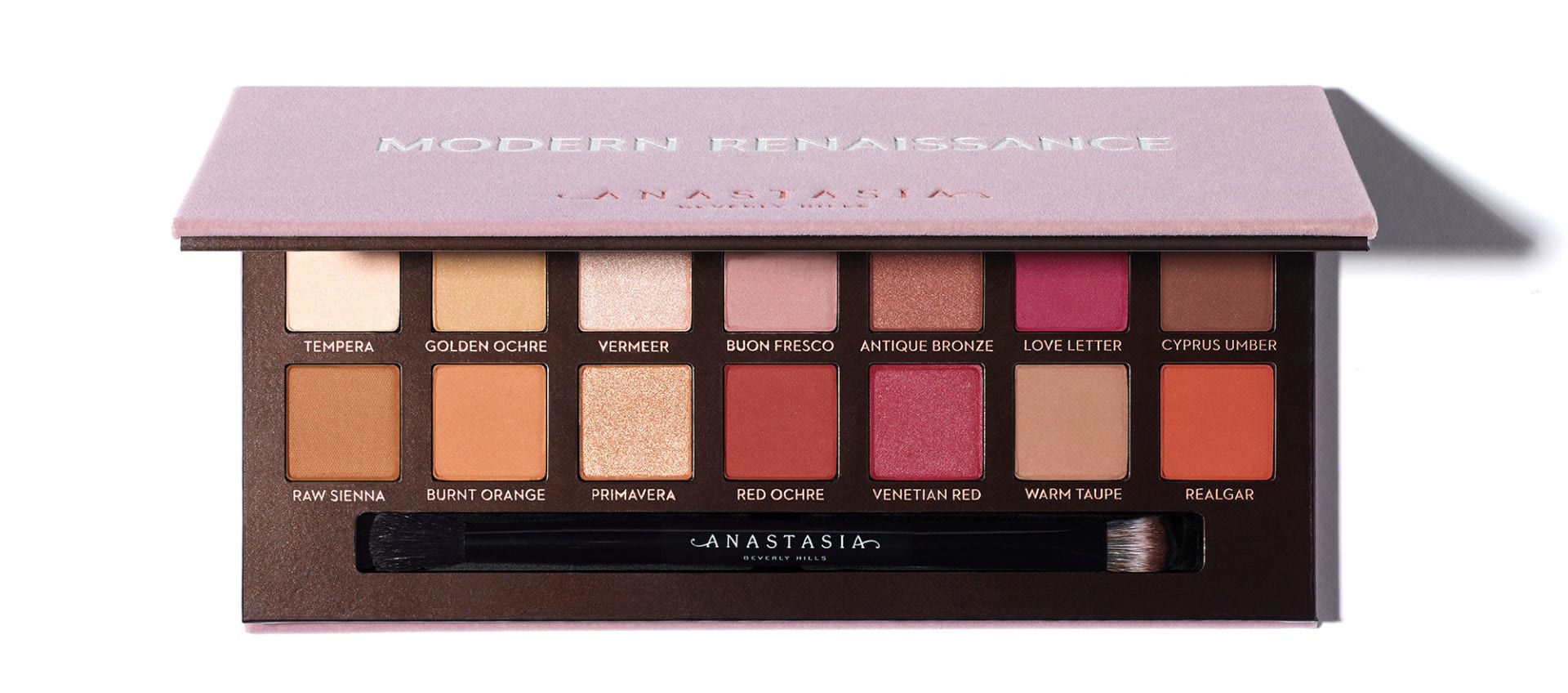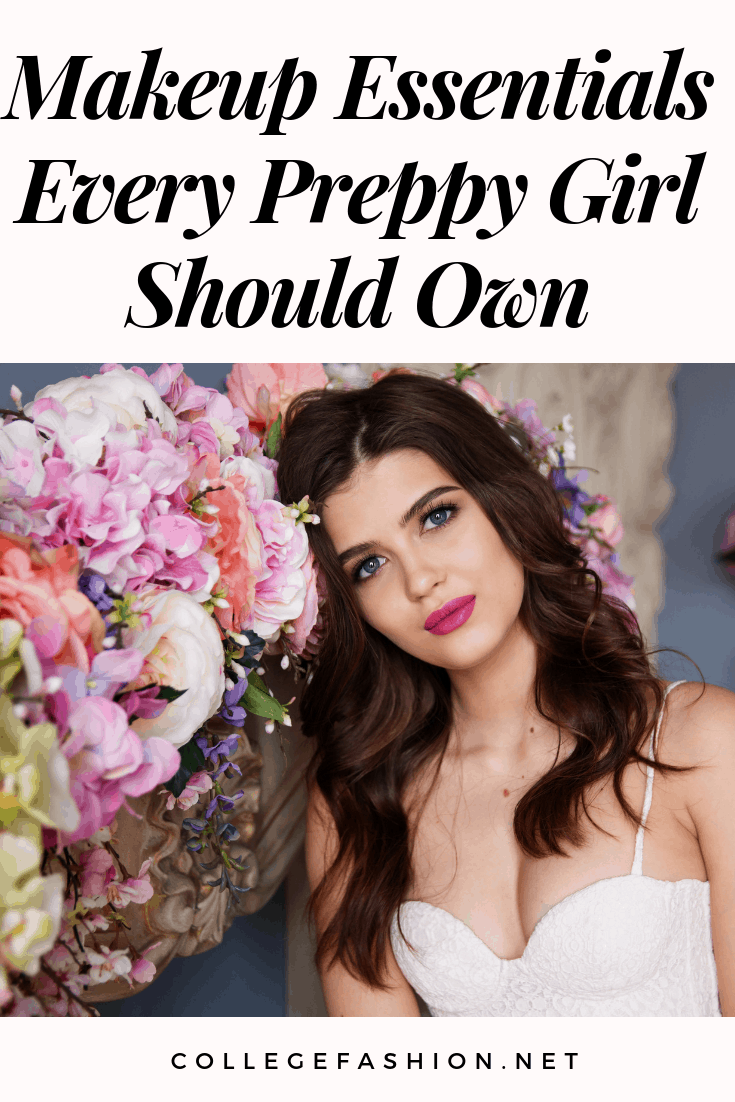The Best Makeup for Acne-Prone Skin

Two weeks ago, we shared our best tips for treating and preventing acne in college. Now, we’re back with the second post in our Acne Survival series, which is all about makeup for acne-prone skin.
To achieve flawless-looking skin, you’ll need a primer, foundation, blemish concealer and setting powder. (Note: It’s important to choose a makeup routine that suits your skin type, so those with dry skin might want to skip the powder, while those of us with oily skin will need a lighter primer.)
Below, I’ll share my top favorite makeup products for acne. Most of the products I’ve listed are either oil-free or non-comedogenic, which means they contain ingredients that won’t clog your pores and make your acne even worse. However, I’ve also included products that are great at covering acne in an emergency, but aren’t the best for your skin in the long run. Pick and choose accordingly!
Table of Contents
A few tips before we begin:
- Use clean makeup brushes or sponges to apply your products. This makes it much easier to blend your makeup for a more natural finish, and keeps you from touching your face with your fingers, which can harbor excess oils and bacteria.
- Wash your brushes often – at least two or three times per week, depending on how often you use the brush. The excess makeup left on the bristles is a breeding ground for dirt and oils you definitely don’t want to keep spreading around on your face. We’ve done a tutorial on how to wash your makeup brushes, but you can also just use a gentle facial cleanser.
- Check the ingredients on every single product you use. If a product says it is non-comedogenic, paraben-free, sulfate-free or oil-free, that’s a good sign, but sometimes acne-causing ingredients can slip in unnoticed. Avoid using anything that contains isopropyl isostearate, isopropyl myristate, myristyl myristate, lanolin oil, coconut butter or lauric acid. These ingredients are likely to clog pores, which can cause acne or irritate it further.
- Use light strokes when applying makeup. Pressing on or stretching the skin can irritate it and cause breakouts.
- If you need to use more foundation or concealer than usual to achieve full coverage (we’ve all been there), apply light layers, letting them fully set before you apply the next one. This will help you avoid irritating your skin and prevent the dreaded pancake face.
- When hiding blemishes or redness, use mattifying products, especially when it comes to concealers. Illuminators and brightening products are great for the under-eye area, but if you use them on a blemish, they’ll draw the eye right to it.
Ready to move on to the products? Let’s get started.





















